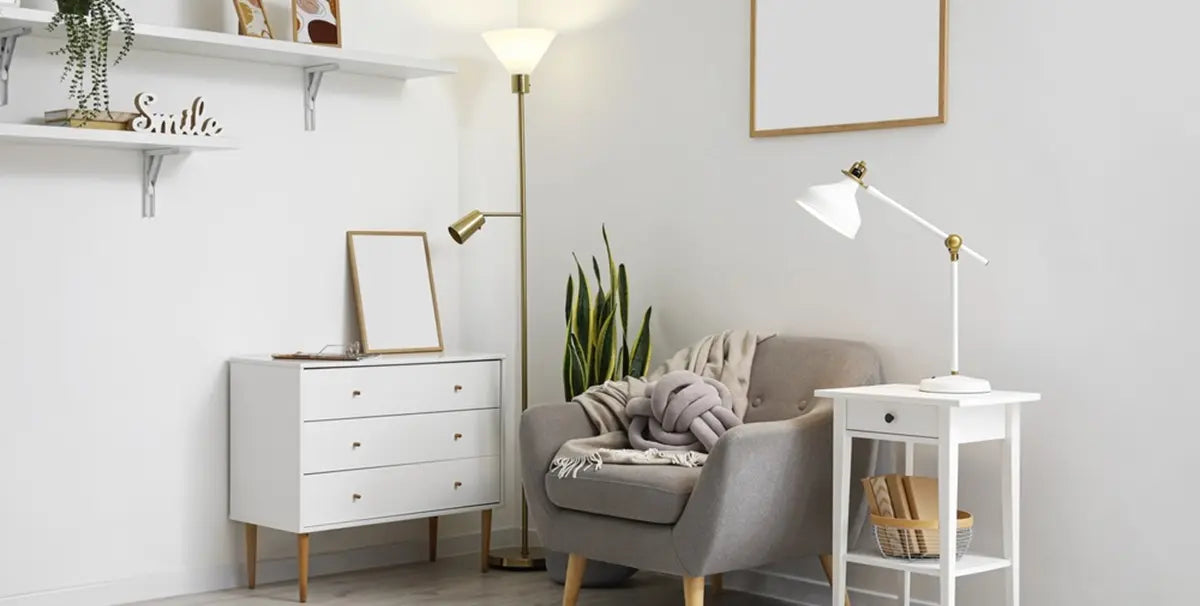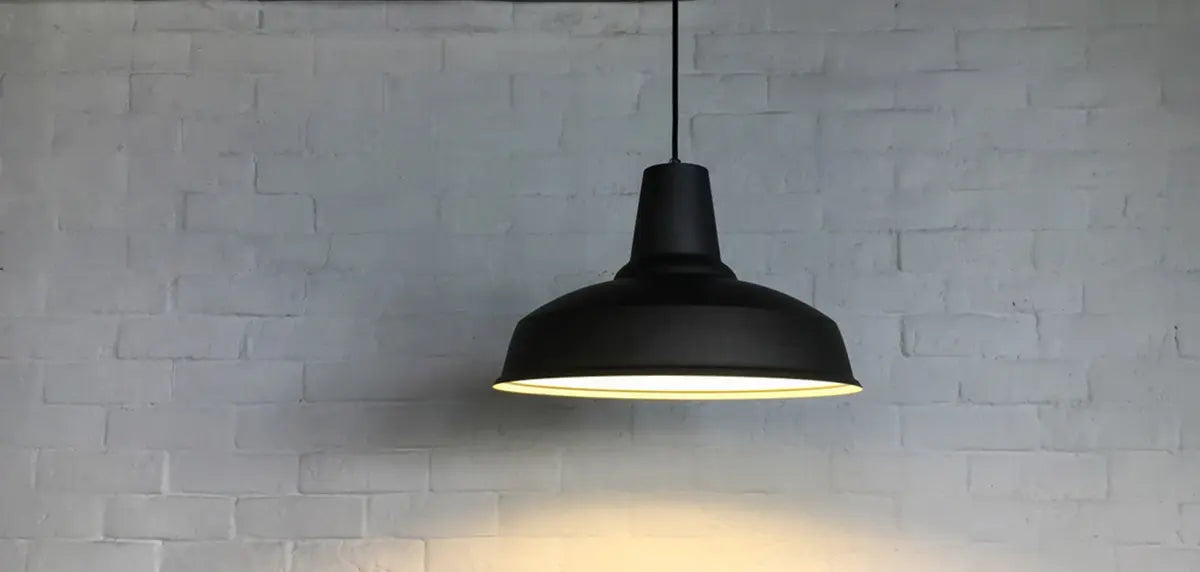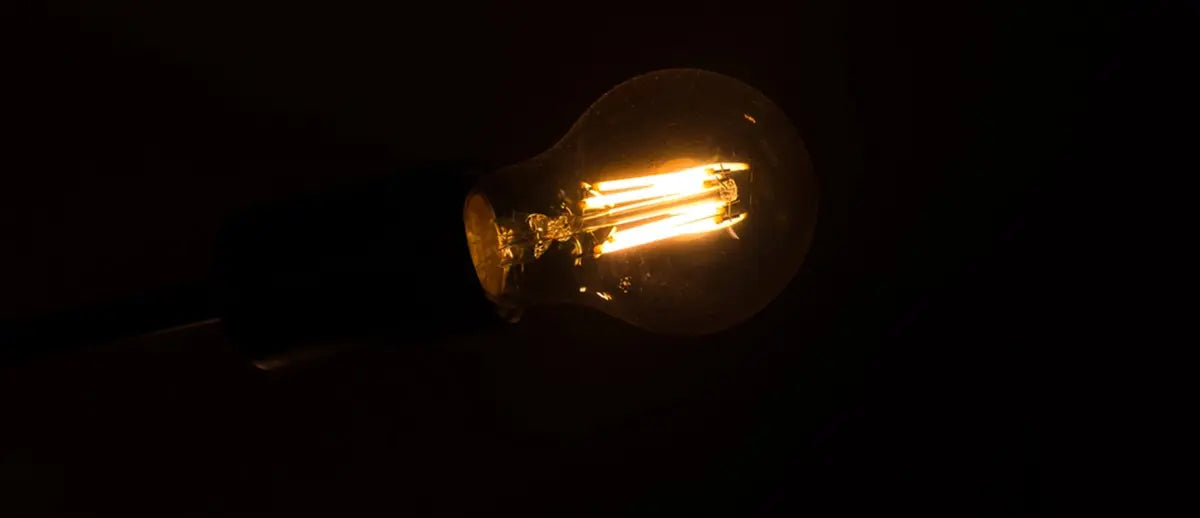Ever wondered if your table lamp and floor lamp should be a perfect match?
Let’s debunk this age-old dilemma and shed some light on the topic.
Contrary to popular belief, your lamps don’t have to be identical twins. Consider the functionality each lamp serves.
So, when it comes to styling your space, don’t feel constrained by the notion of matching lamps.
Keep reading to unlock more insights!
Key Takeaways
Table lamps and floor lamps do not necessarily have to match. While some people prefer matching lamps for a cohesive look, mixing different styles can also create an interesting and eclectic design. It's more important to consider the overall aesthetic and balance in the room rather than the strict matching of lamps. Mixing lamps can add depth and character to your space.
Pros and Cons of Matching Lamps
Advantages of Matching Lamps
Cohesive Look: Matching lamps create a sense of unity and harmony in a room. By having consistent styles, colors, or materials in both table and floor lamps, you can achieve a cohesive and coordinated look that ties the space together.
Symmetry: Matching lamps contribute to a symmetrical balance in the room. Placing matching lamps on each side of a sofa or bed creates a neat and balanced look. This arrangement is aesthetically pleasing.
Simplified Design Process: Choosing matching lamps can simplify the design process, especially for those who prefer a more straightforward approach to decorating. You can easily find a set of lamps that complement each other without the need to mix and match different styles.
Elegance and Sophistication: Matching lamps can exude a sense of elegance and sophistication in a space. The coordinated outfit creates a sophisticated and elegant appearance. This style is ideal for people who prefer a more formal or classic look.
Disadvantages of Matching Lamps
Lack of Visual Interest: While matching lamps provide a cohesive look, they may lack visual interest or variety in the room. Having the same lamps in a well-coordinated room can make it feel boring and lacking in energy. This is because mixing different styles can create a more dynamic and interesting atmosphere.
Limiting Creativity: Sticking to matching lamps may limit your creativity and experimentation with different design elements. By mixing and matching lamps, you can add a personal touch to your decor and unleash your creativity. This allows you to experiment with different combinations that truly showcase your unique style.
Overly Formal Appearance: Matching lamps can sometimes create an overly formal or rigid atmosphere in a room. If you're aiming for a more relaxed or eclectic vibe, identical lamps may not align with the casual, laid-back aesthetic you're trying to achieve.
Cost Considerations: Purchasing a set of matching table and floor lamps can be more expensive than mixing and matching different pieces. If budget is a concern, opting for individual lamps that complement each other while not necessarily matching exactly can be a more cost-effective approach.
Benefits of Mixing Lamps

Adds Depth and Dimension
One of the key advantages of mixing table and floor lamps is the depth they can add to a room. You can make a space look nice by using lamps of different sizes, shapes, and designs. This will create layers of light that brighten up different parts of the room.
Creates Visual Interest
Matching lamps can sometimes feel too uniform and predictable. By mixing different styles, you can introduce unexpected elements and create a more eclectic and visually interesting look. Different lamp designs can serve as focal points in a room, drawing attention and sparking conversation.
Expresses Personal Style
Mixing lamps allows you to showcase your taste and personality in your home decor. Whether you prefer modern, traditional, industrial, or vintage styles, you can mix and match lamps that reflect your unique aesthetic and create a space that truly feels like your own.
Blends Different Design Elements
Mixing table and floor lamps can help tie together different design elements in a room. For example, if you have a mix of furniture styles or colors, choosing lamps that complement each other while still offering variety can help create a cohesive and balanced look.
Encourages Creativity
Mixing lamps allows you to get creative and think outside the box when it comes to interior design. You can experiment with different combinations of lamps, mixing materials, colors, and shapes to create a unique and personalized look that sets your home apart.
Considerations for Choosing Lamps
Coordinate styles
While your table and floor lamps do not have to match exactly, it is important to consider the overall style of each lamp. Choose lamps that share common design elements, such as color, material, or shape, to create a cohesive look in the room. For example, if you have a modern floor lamp with a sleek metal base, consider pairing it with a table lamp featuring a similar metal finish for a harmonious design.
Pay attention to scale
When selecting table and floor lamps, it is crucial to consider the scale of each lamp about the furniture and size of the room. Your floor lamp should be tall enough to provide adequate lighting without overpowering the space, while your table lamp should be proportionate to the surface it sits on.
Mix and match textures
To add visual interest and depth to your space, consider mixing different textures in your table and floor lamps. Pair a table lamp with a textured ceramic base with a floor lamp featuring a woven rattan shade, for example, to create a dynamic contrast in materials.
Consider the function of each lamp
Think about the specific purpose of each lamp when choosing it for a room. Your floor lamp should provide ample ambient lighting for the entire space, while your table lamp can serve as a task light for reading or working. Select table and floor lamps with adjustable features, such as dimmer switches or adjustable heights, to customize the lighting in the room based on your needs.
Experiment with different shapes and silhouettes
Embrace variety in your lighting design by mixing different shapes and silhouettes in your table and floor lamps. Pair a curvy and sculptural table lamp with a sleek and angular floor lamp, for example, to create a visually dynamic contrast.
Expert Opinions
Emily Henderson, Interior Designer
Emily Henderson emphasizes the importance of balance and cohesion in lamp selection. She suggests that while matching lamps can create a cohesive look, mixing different styles can add visual interest and personality to a room. According to Henderson, it's essential to consider the overall design scheme and balance in the space when choosing lamps.
Nate Berkus, Interior Designer
Nate Berkus believes that lamps are not just functional elements but also serve as decorative accessories in a room. He suggests that matching lamps can create a sense of symmetry and harmony while mixing lamps can add a touch of eclectic charm. Berkus encourages homeowners to experiment with different lamp styles and sizes to achieve a well-curated look.
Joanna Gaines, Interior Designer, and TV Personality
Joanna Gaines advocates for a mix of styles and textures in lamp selection. She believes that lamps are an opportunity to showcase personal style and bring warmth to a room. Gaines advises homeowners to consider the scale of the lamps the furniture and the overall design scheme. She emphasizes the importance of creating a cohesive and inviting space through thoughtful lamp coordination.
Bobby Berk, Interior Designer, and TV Personality
Bobby Berk emphasizes the versatility of lamps in design. He suggests that matching lamps can create a sense of symmetry and formality while mixing lamps can add a touch of playfulness and creativity. Berk encourages homeowners to consider the function of the lamps and how they enhance the room's ambiance. He believes that lamp coordination should be guided by personal preferences and the desired mood of the space.
Shea McGee, Interior Designer, and Blogger
Shea McGee believes that lamps play a crucial role in setting the mood and ambiance of a room. She suggests that matching lamps can create a sense of cohesion and polish while mixing lamps can add depth and character. McGee advises homeowners to consider the height, scale, and placement of lamps to achieve a balanced and harmonious look in a room.
Case Studies
Eclectic Living Room
In a modern eclectic living room, a sleek and minimalistic floor lamp with a metallic finish is paired with a colorful and ornate table lamp. The floor lamp provides ambient lighting while the table lamp adds a pop of color and visual interest to the space. The mismatched lamps contrast beautifully against the neutral backdrop of the room, creating a harmonious and dynamic look.
Scandinavian-inspired Bedroom
In a Scandinavian-inspired bedroom, a wooden floor lamp with a tripod base is combined with a glass table lamp with a geometric design. The natural materials of the floor lamp complement the soft and muted tones of the room, while the modern geometric patterns on the table lamp add a touch of contemporary flair. The mismatched lamps come together seamlessly to create a cozy and inviting atmosphere.
Bohemian Dining Room
In a bohemian dining room, a rattan floor lamp is paired with a Moroccan-inspired table lamp. The earthy textures and warm tones of the lamps perfectly complement the eclectic mix of furniture and decor in the room. The mismatched lamps add a playful and casual vibe to the space, creating a relaxed and inviting ambiance for entertaining guests.
Mid-Century Modern Office
In a mid-century modern office, a classic brass floor lamp is matched with a retro-inspired table lamp in a bold color. The clean lines and minimalist design of the lamps tie in with the sleek and timeless furniture in the room. The mismatched lamps add a touch of personality and vintage charm to the space, creating a stylish and sophisticated look for working or studying.
Industrial Loft
In an industrial loft space, a metal floor lamp with a pulley system is combined with a rustic table lamp made from reclaimed wood. The industrial elements of the lamps reflect the raw and rugged aesthetic of the loft, while the mismatched styles add depth and character to the space. The combination of sleek metal and weathered wood creates a visually striking and cohesive look in this urban and edgy setting.
Final Thought
The debate over whether table lamps and floor lamps have to match ultimately comes down to personal preference and the overall aesthetic you want to achieve in your space.
For those who want to unlock more insights about floor lamps, check out floor lamp insights.
For a wide selection of floor lamps that cater to various styles and preferences, explore our personality lamps.
Featured Articles
Where to Put a Floor Lamp: Best Spots
Where to Put Floor Lamp in Living Room










Leave a comment
All comments are moderated before being published.
This site is protected by hCaptcha and the hCaptcha Privacy Policy and Terms of Service apply.